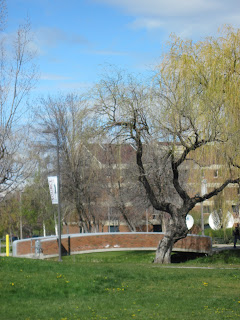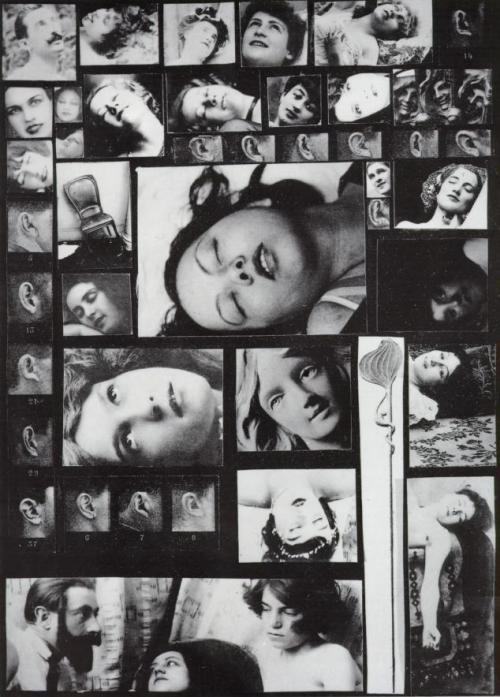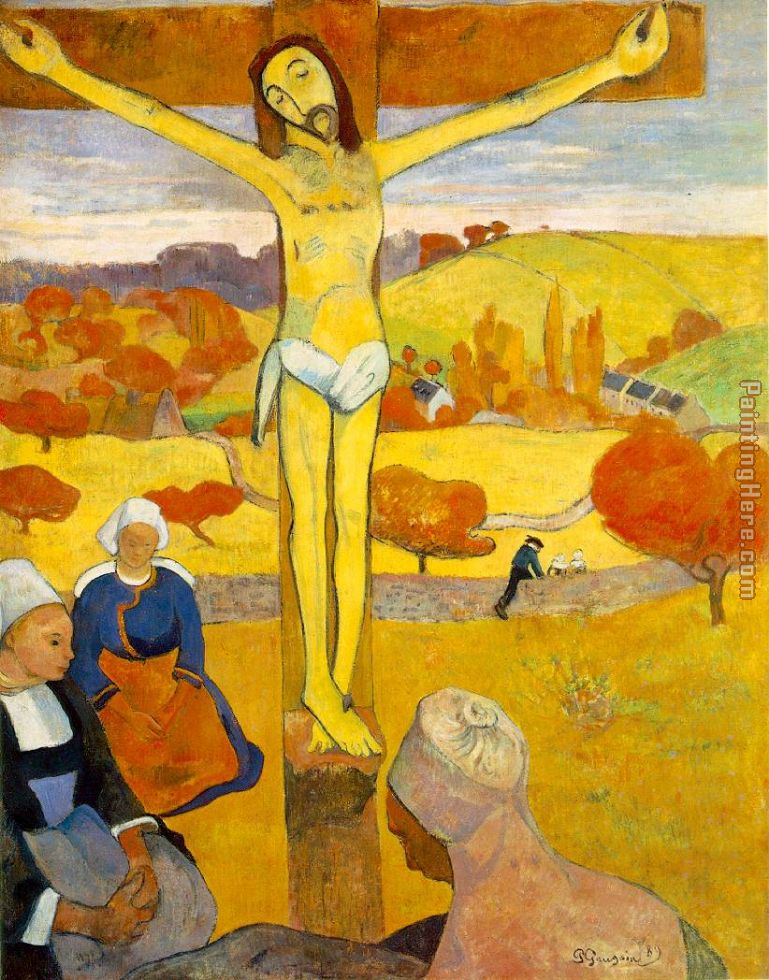Just to forewarn every one, I am very sorry for how many pictures there are, there are quite a bit of pictures and that is why the post looks so long, but it really is not that long. Hope you all enjoy the pictures, they are all my own photographs, manipulations, and drawings. Also any words written are my own, I do not believe I have any famous quotes in there, they should all be ones that I alone though of and wrote down. ~Dani G
Though I am not an amazing artist, I still consider myself a new artist that is exploring different types of media, from computer art and photography to drawing and painting. Now, before I took this art history class (my first one) I never really observed artists or anything of that matter, I mean I knew some of the paintings, who they were done, by and what they were called, but never really knew anything else. So I don't really know what artist really influences me, because its mostly poetry and stories that influence my drawings. I mean some works of art that I can say influenced me or that I can see my art/ doodles/ and drawings tying into are the photos I manipulated. Those manipulated pictures of mine can maybe be referenced to Andy Warhol, because of how his Marilyn Monroe picture looked. Also, my photos can be referenced to Barbara Kruger because in her photo Untitled (Your Gaze Hits the Side of My Face) she has words in her photo, like I do in mine. I know that some of my drawings are not the most famous kind of drawings within the artistic world; like anime: many of my drawings are anime inspired. In reality I am believe I fit in with the artistic times of now, contemporary art. Though my art is not "cutting edge" like Andy Warhol, or "risky and different" like Roy Lichtenstein, it is still contemporary in the form it takes.
In all honesty, I mostly enjoyed learning about contemporary art, like Chihuly, and post modern artists like Van Gogh. The contemporary period draws me because that is the time I live in, so in tern it is the period i gotta compete against when I try to get my art out in the world. I also like the post impressionism period because it was very different. Vincent Van Gogh created very different works of art in displaying the sky, buildings, the night, and night life. Van Gogh's The Starry Night captures my interest with how the brush strokes are and the colors used to explain the landscape underneath the moon and stars. Nineteenth century artist James Abbott McNeill Whistler was very intriguing to say. His art piece Nocturne in Black and Gold, the Falling Rocket almost looks like a simplistic painting until closely looked at. Once looked at you can almost see what appears to sparks coming down from the sky (like a rocket). This is very interesting to see that this painting can be brought to life by the texture that is shown and the changes in color that is shown.
To say it all, I very much enjoyed this class and the learning environment provided. This was the best online class I have taken, and I thank you my peers, and you my professor, for making it a very welcoming class where I can learn new things, as well as other people's opinion and thoughts.
Good luck to everyone on the final and on future endeavors! Hopefully I will see someone's name in a museum one day :)
~Dani G.
.jpg)
.jpg)


.jpg)




.jpg)



























